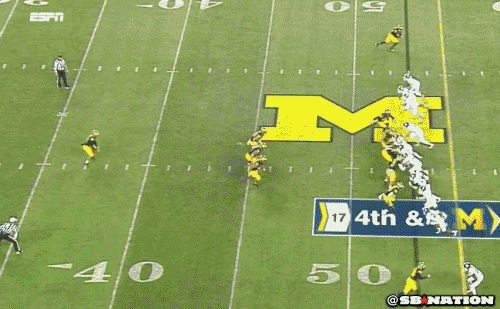Black Liberation Flag
The Universal Negro Improvement Association (UNIA), founded by Marcus Garvey, originally adopted the design of three equal sized horizontal stripes. How? By declaring it so: Article 39 of the Declaration of Rights of the Negro Peoples of the World states, “That the colors, Red, Black and Green, be the colors of the African race.” This statement is the reason the flag exists today. The UNIA held a month-long convention in New York City in 1920. It was this event where the Declaration was drafted, submitted, and the Black Liberation Flag (UNIA colors) adopted as the official colors of Black Africans.
Today 24 African nations, and 9 non-African nations, 33 total have flags using the UNIA colors. During the Pan-African movement in the 1960s the flag became a strong symbol of unity and Black Pride.
What do the colors represent?
According to the official UNIA-ACL website, the three Pan-African colors on the flag represent:
Red for the blood that unites all people of Black African ancestry, and shed for liberation;
Black for black people whose existence as a nation, though not a nation-state, is affirmed by the existence of the flag; and
Green for the abundant natural wealth of Africa
The flag is adorned several monikers:
• UNIA flag
• Marcua Garvey Flag
• International African Flag
• Black Liberation Flag
• Pan-African Flag
• Black Nationalist Flag
• African Nationalist Flag
or
• New Afrikan Liberation Flag
No matter what you give it, know that it remains a symbol of prospective ambition representing all Black people in Africa and those with ancestral roots there.























